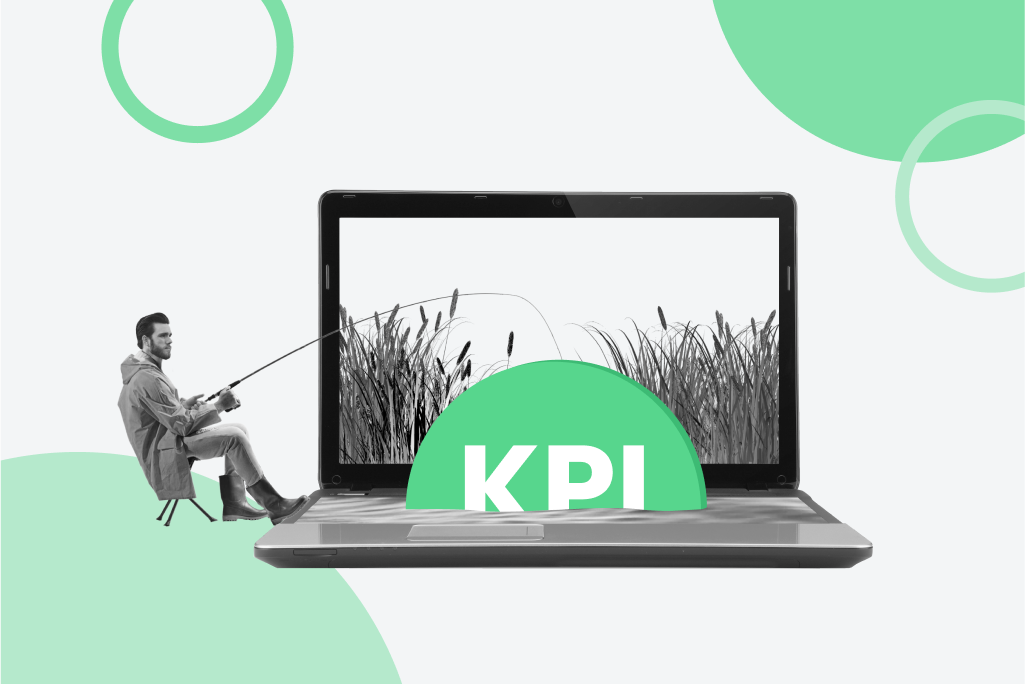In the vast realm of online commerce, success is measured not only by attracting hordes of visitors to your website but also by turning those visitors into satisfied customers. The key metric that reveals this transformative power is the eCommerce conversion rate. But what is a good eCommerce conversion rate? Is it a magical number that guarantees success, or does it vary across industries and business models?
A good eCommerce conversion rate is not merely a number to strive for; it represents the culmination of your efforts to build a seamless shopping experience, foster trust, and deliver value to your customers. Read on to learn about the factors that influence shoppers’ decisions and uncover the strategies that elevate conversion rates.
What is conversion?
Conversion, in the context of eCommerce or online business, refers to the desired action taken by a visitor or user on a website that aligns with the goals of the business. It signifies the transformation of a passive website visitor into an engaged customer or a prospect into a lead. Essentially, conversion occurs when a user completes a specific action that indicates their interest or intent to engage further with the business.
The specific action that defines a conversion can vary depending on the objectives of the website or business. It may involve making a purchase, subscribing to a newsletter, filling out a contact form, downloading a resource, signing up for a free trial, or any other measurable action that contributes to the desired outcome.
What is an eCommerce conversion rate?
Conversion rate is the percentage of website visitors who successfully convert or perform the desired action out of the total number of visitors. It is a critical metric used to assess the effectiveness of a website or marketing campaign in generating conversions. By optimizing the conversion rate, businesses can enhance their customer acquisition, sales, and overall success in the online marketplace.
Successful businesses strive to create an intuitive and persuasive user experience, employing various strategies such as compelling content, persuasive design elements, streamlined checkout processes, effective calls-to-action, and personalized marketing techniques to maximize their conversion rates and drive growth.
Consulting Get your website back on track to high profits. We’ll identify what’s wrong with your website, choose the best tools, and fix any issues keeping your business from growing.
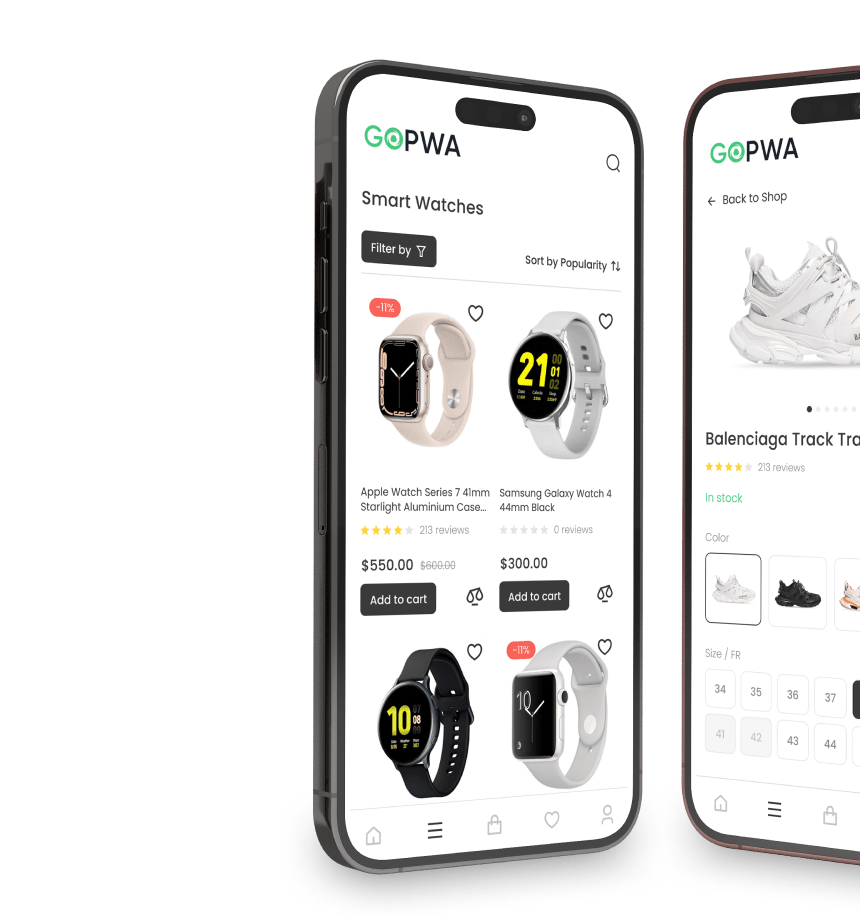
How to measure an eCommerce conversion rate?
Measuring an eCommerce conversion rate involves analyzing the number of conversions in relation to the total number of website visitors. Here’s a simple example and the formula to calculate the conversion rate.
Let’s say you run an online store that sells clothing and accessories. In a given month, your website received 10,000 unique visitors, and out of those, 400 visitors made a purchase.
To calculate the conversion rate, use the following formula:
Conversion Rate = (Number of Conversions / Total Number of Visitors) * 100
In our example, the calculation would be:
Conversion Rate = (400 / 10,000) * 100 = 4%
Therefore, the conversion rate for your eCommerce store in that particular month would be 4%.
By regularly measuring your conversion rate, you can track the performance of your website and marketing efforts. It allows you to identify areas for improvement, optimize your website’s user experience, and test different strategies to increase conversions. Remember, a higher conversion rate indicates that a greater percentage of your website visitors are becoming customers, which is a positive indicator of business growth and success.
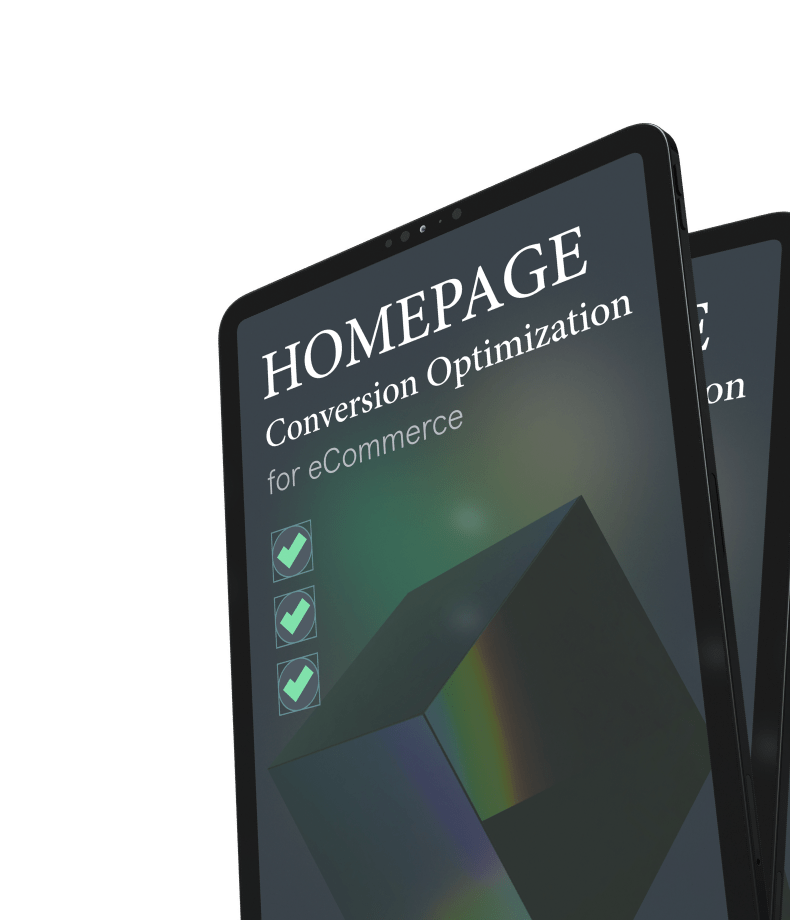
What is a good eCommerce conversion rate?
The notion of a universal benchmark for eCommerce conversion rates is a misconception. The conversion rate is not solely determined by the perceived “quality” of the online store’s experience, and a higher conversion rate does not always indicate superiority. However, there still exists a benchmark to rely on when evaluating your eCommerce conversion rate.
The average global eCommerce conversion rate is 2.58% according to the latest data by Adobe. The ideal conversion rate for an eCommerce website varies across industries, but as a general rule of thumb, a satisfactory conversion rate typically falls within the range of 1-4%.
What influences conversion rates?
Conversion rates in eCommerce can be influenced by various factors. Here are some key factors that can impact conversion rates:
- Website design and user experience
The design, layout, and usability of your website play a crucial role in influencing conversion rates. A well-designed and user-friendly website with clear navigation, intuitive interface, fast loading speed, and responsive design tends to have higher conversion rates.
- Product presentation and descriptions
The way you present your products or services on your website significantly affects conversion rates. High-quality product images, detailed descriptions, compelling storytelling, and showcasing product benefits can enhance the perceived value and persuade visitors to convert.
- Call-to-Action (CTA)
The effectiveness of your CTAs, such as “Buy Now,” “Add to Cart,” or “Sign Up,” can impact conversion rates. Clear and persuasive CTAs that stand out and prompt action can increase the likelihood of conversions.
- Trust and credibility
Building trust is crucial for converting visitors into customers. Trust elements, such as customer reviews, testimonials, security badges, trust seals, and transparent return policies, help establish credibility and reduce any hesitations or doubts that potential customers may have.
- Pricing and value proposition
The pricing strategy and perceived value of your products or services can strongly influence conversion rates. Competitive pricing, discounts, special offers, and clearly communicated value propositions that highlight unique benefits or advantages can entice visitors to convert.
Development Get a robust PWA
Supercharge your eCommerce efforts with superb UX and ‘superfast’ speed. Build an eCommerce PWA from scratch or save time and money using GoPWA Storefront.
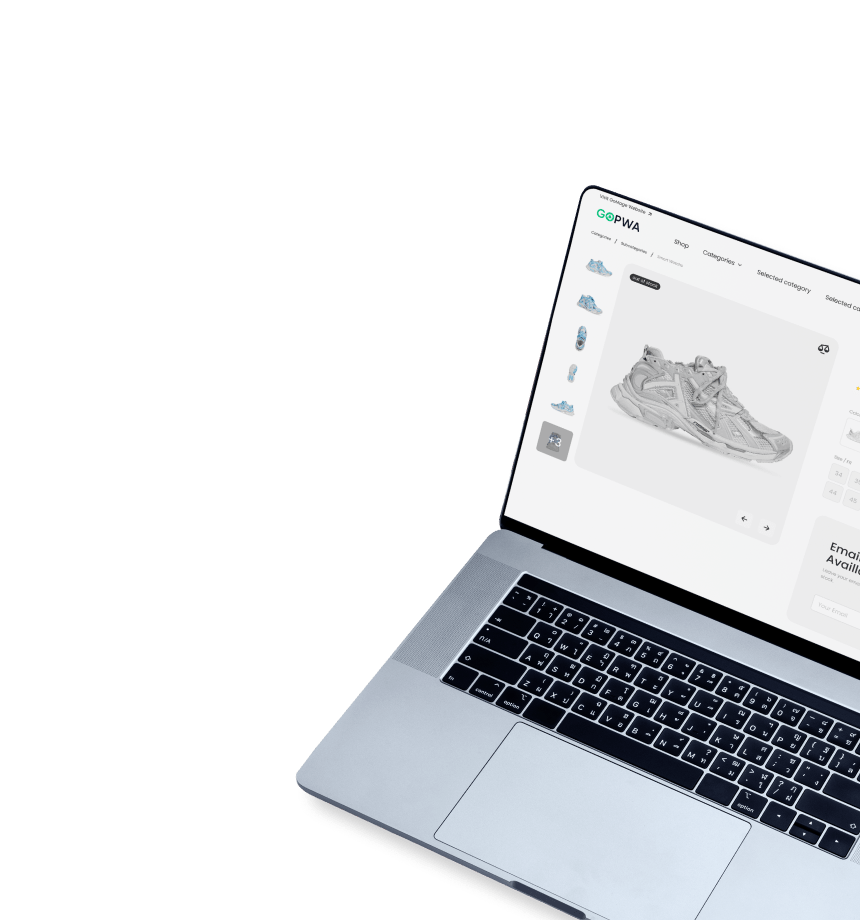
- Website performance and loading speed
Slow loading speeds and technical issues can frustrate visitors and lead to higher bounce rates and abandoned carts. Ensuring that your website performs well and loads quickly across devices is essential for a positive user experience and higher conversion rates.
- Targeted traffic and audience relevance
Reaching the right audience with targeted marketing efforts is crucial. Driving relevant traffic to your website through effective marketing channels, such as search engine optimization (SEO), pay-per-click (PPC) advertising, social media marketing, and email campaigns, increases the likelihood of conversions.
- Mobile optimization
With the increasing use of mobile devices for online shopping, optimizing your website for mobile responsiveness is vital. A seamless mobile experience that facilitates easy navigation, quick loading, and convenient checkout can significantly impact conversion rates.
- Customer support and communication
Providing excellent customer support and clear communication channels can instill confidence in potential customers. Being responsive, addressing inquiries promptly, and offering assistance throughout the buying process can positively influence conversion rates.
- Industry and market factors
Conversion rates can vary across different industries and markets. Factors such as product complexity, competitive landscape, consumer behavior, economic conditions, and seasonal trends can impact conversion rates within specific contexts.
How to increase eCommerce conversion rate?
Increasing the eCommerce conversion rate requires a comprehensive approach that involves optimizing various aspects of your online store and marketing strategies. Here are some effective strategies to help boost your eCommerce conversion rate:
- Enhance website usability
Improve the user experience by making your website visually appealing, easy to navigate, and mobile-friendly. Ensure that product information, images, and pricing are clear and prominently displayed. Streamline the checkout process to minimize friction and make it convenient for customers to complete their purchases.
- Optimize product pages
Create compelling and persuasive product descriptions that highlight the benefits and unique selling points of your products. Include high-quality images or videos that showcase the product from different angles. Implement customer reviews and ratings to build trust and social proof.
- Implement persuasive calls-to-action (CTAs)
Use clear and action-oriented CTAs that prompt visitors to take the desired action, such as “Add to Cart” or “Buy Now.” Place CTAs strategically throughout your website, including product pages, cart page, and checkout process, to guide customers towards making a purchase.
- Offer incentives and promotions
Provide attractive discounts, free shipping, limited-time offers, or loyalty programs to incentivize customers to complete their purchases. Highlight these offers prominently on your website to create a sense of urgency and encourage immediate action.
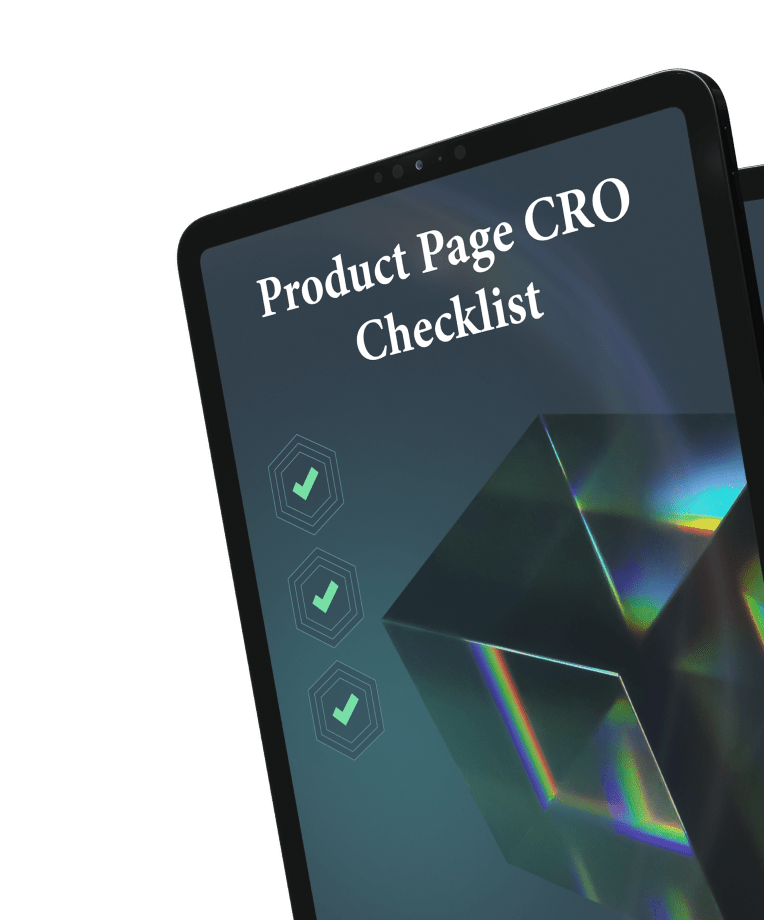
- Optimize for search engines
Improve your website’s visibility in search engine results by implementing search engine optimization (SEO) techniques. Research and target relevant keywords, optimize product titles and descriptions, and enhance your website’s overall SEO structure to attract more organic traffic.
- Personalize the shopping experience
Utilize customer data and behavioral insights to deliver personalized product recommendations, tailored offers, and relevant content to individual customers. Personalization enhances engagement and encourages customers to convert.
- Build trust and credibility
Display trust signals such as security badges, customer testimonials, guarantees, and clear return policies to instill confidence in potential buyers. Provide multiple payment options and ensure a secure and seamless checkout process to alleviate concerns about data security.
- Leverage social proof and user-generated content
Encourage customers to leave reviews, testimonials, and user-generated content about their experiences with your products. Display this social proof on your website to build trust and influence purchasing decisions.
- Optimize for fast loading speed
Ensure that your website loads quickly on all devices. Slow loading speeds can lead to higher bounce rates and abandoned carts. Optimize images, use caching techniques, and minimize unnecessary scripts to improve website performance.
- Test and iterate
Continuously test different elements of your website, such as CTAs, product layouts, pricing strategies, and promotional offers. A/B testing allows you to identify what works best for your target audience and make data-driven improvements.
Remember, increasing your eCommerce conversion rate is an ongoing process that requires monitoring, analysis, and adaptation. By implementing these strategies and continuously optimizing your website, you can enhance customer engagement, trust, and ultimately drive more conversions.
Final thoughts
While there is no one-size-fits-all benchmark for conversion rates, understanding the factors that influence them empowers businesses to make informed decisions and drive growth. By focusing on enhancing the user experience, optimizing product pages, implementing persuasive calls-to-action, and leveraging personalized marketing strategies, you can increase your eCommerce conversion rate and propel your online business towards success.
Remember, there is no magic formula for achieving a perfect conversion rate. It’s an ongoing process of refining your website, understanding your customers, and aligning your strategies with their needs and preferences. Embrace experimentation, analyze data, and listen to your customers’ feedback to continuously improve and adapt your approach.




